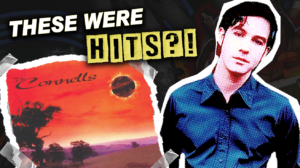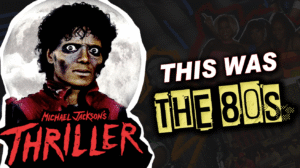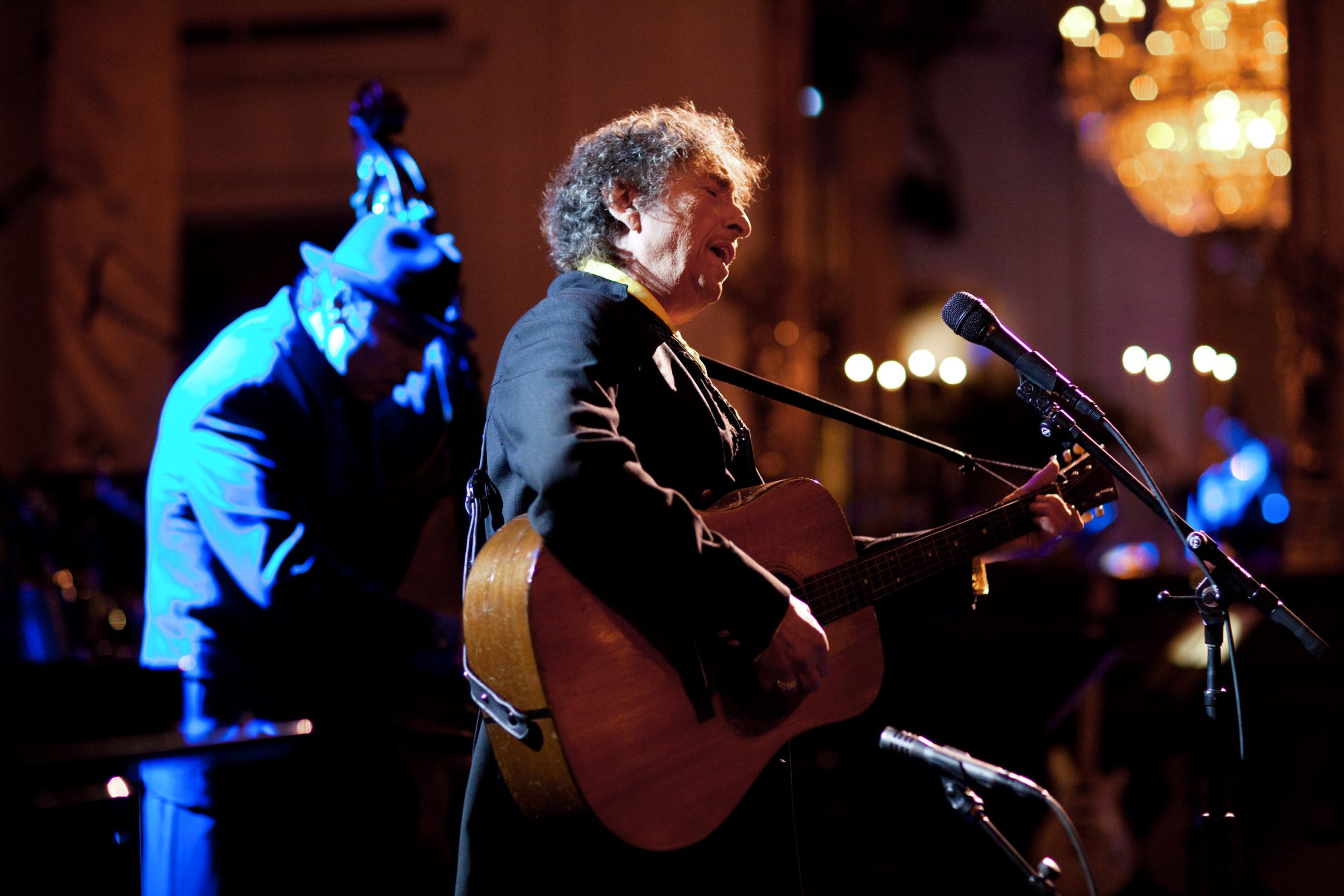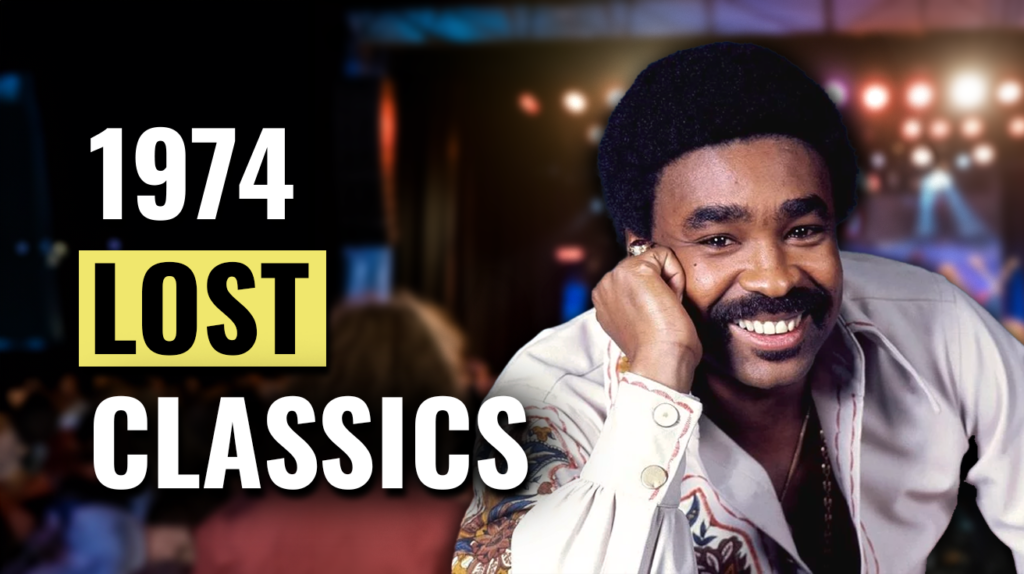
Music history forgot some of 1974’s biggest chart-toppers. Radio stations played these songs hourly, and millions of fans bought the vinyl singles. Yet today, most people can’t name them. From anti-war anthems to accidental disco pioneers, these tracks captured cultural moments perfectly. Discovering these lost gems offers a fresh window into a pivotal musical year.
This forgotten soundtrack reveals the true sound of 1974 better than any greatest hits collection.
12. Billy, Don’t Be a Hero
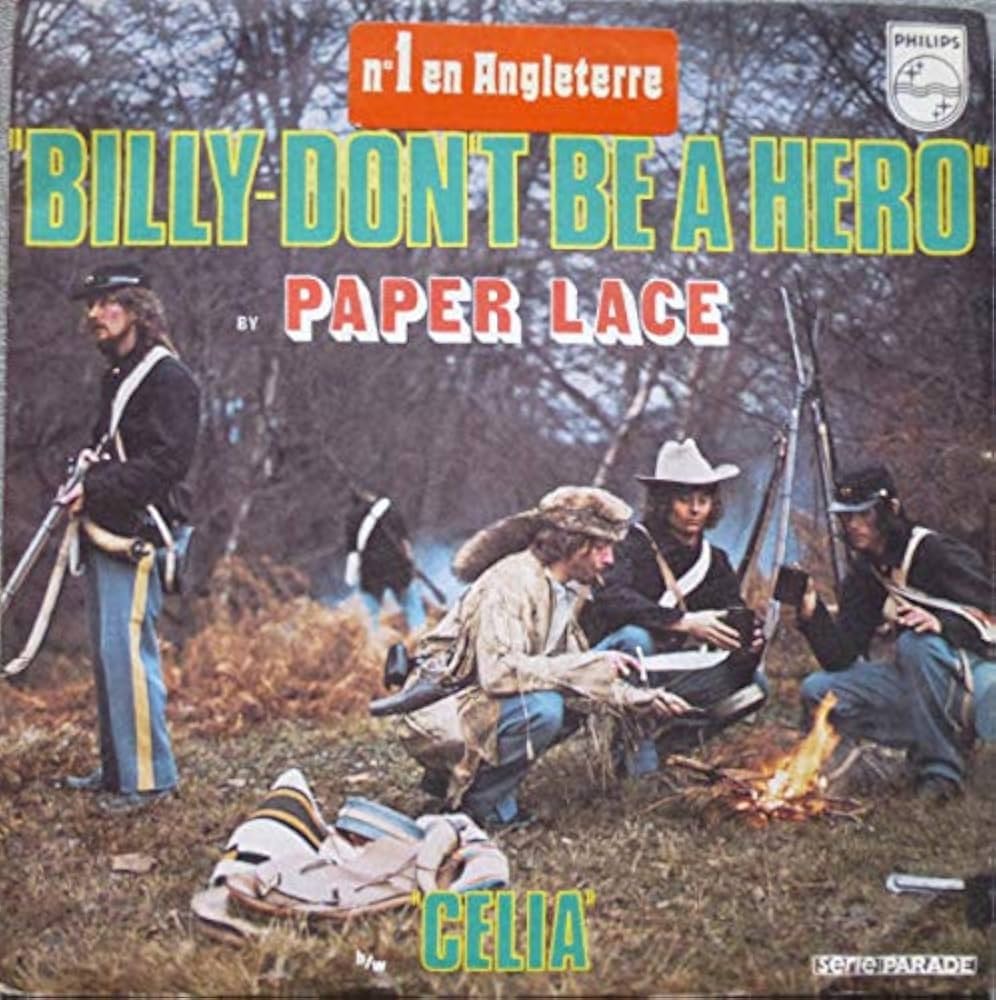
An anti-war anthem nearly died before release when Bo Donaldson and The Heywoods almost shelved this deceptively catchy tune set during the Civil War. Worried about backlash during Vietnam’s political tension, the band almost didn’t release it. Radio couldn’t resist its hook despite the controversy—or maybe because of it. The track spent two weeks at #1 and moved 3.5 million copies. Listeners connected with its war-weary message when many felt torn about Vietnam, though some viewed it as disrespectful to soldiers. If you’re searching for the perfect example of pop music’s political divide in the Vietnam era, this conflicted hit, captures it perfectly, just like some of these once-banned tracks.
11. Beach Baby
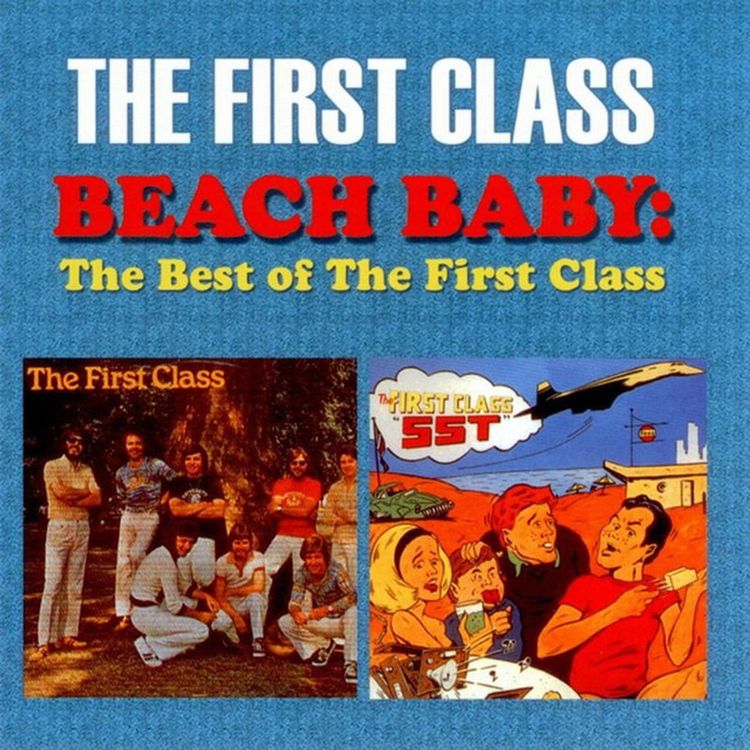
Dreaming of California beaches? The First Class crafted a perfect summer melody without ever setting foot on American shores. These British studio wizards spent over 100 hours perfecting this sonic postcard. TV appearances required forming a separate touring band since studio musicians handled most recording duties. Their commitment paid off when the track hit #4 on Billboard’s Hot 100 and became a Top 5 hit in both the US and UK. The meticulous production value transformed British imagination into authentic-sounding California gold, proving you don’t need to visit a place to capture its essence.
10. Eres Tu
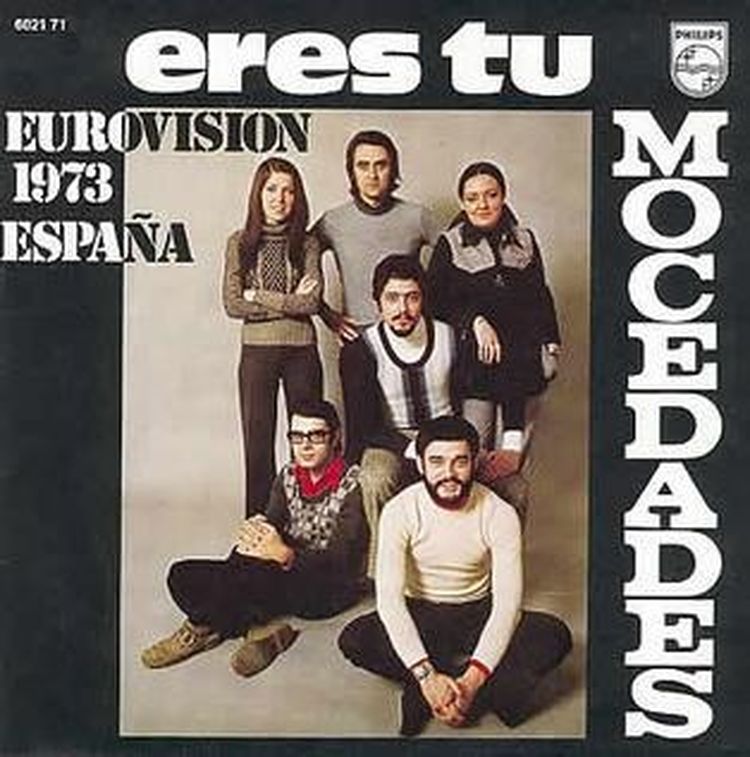
Breaking the English-only barrier that kept foreign-language songs off American charts, Mocedades delivered a universal emotional experience after their 1973 Eurovision performance. Creative differences and internal drama nearly split the group apart behind those gorgeous harmonies. Global audiences didn’t need to understand the lyrics to feel the emotion. The song peaked at #9 on Billboard’s Hot 100 and earned a Grammy nomination for Song of the Year. The song’s success opened doors for non-English tracks, demonstrating music’s ability to transcend language barriers when melody and emotion connect.
9. Seasons in the Sun
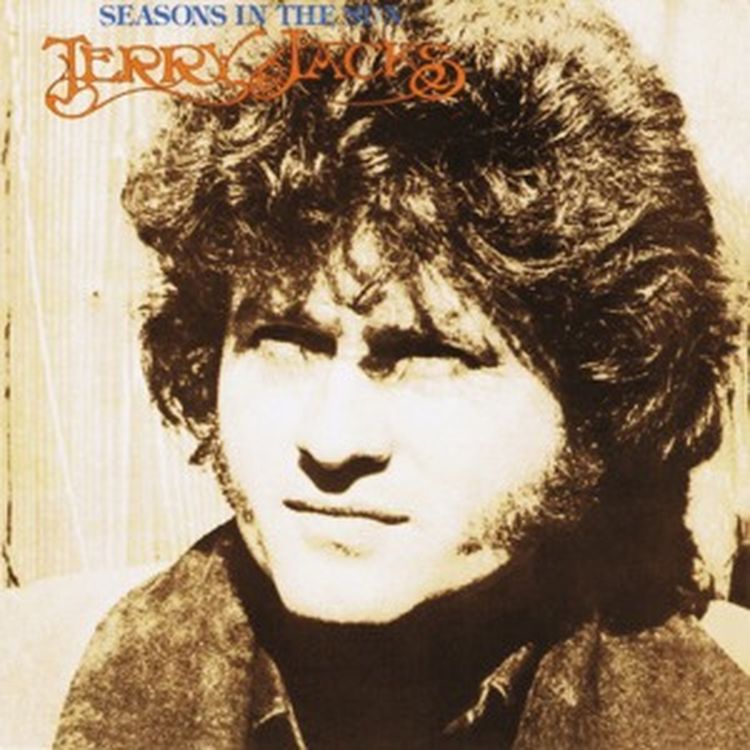
The melancholy lyrics hidden beneath catchy melodies made Terry Jacks’ transformation of “Le Moribond” a stealth emotional gut-punch. The Beach Boys recorded it first but left their version on the shelf. During a period of personal loss, Jacks created his take, giving the track authentic emotional weight. Listeners responded by making it a three-week #1 hit that moved over 10 million copies worldwide. Critics called it sentimental, but fans made it one of the best-selling singles of all time. Caught between critical disdain and massive popular appeal, “Seasons in the Sun” remains the ultimate example of critics and fans hearing two entirely different songs.
8. Rock Me Gently

If you’re an artist facing industry rejection, Andy Kim’s story might give you hope. The Canadian musician mortgaged his house to fund this recording after facing bias possibly based on his ethnicity. His early songwriting process involved a child’s xylophone in his tiny apartment before taking the financial risk to record it properly. The gamble paid off when the single claimed the #1 spot on Billboard for one week and established itself as his career-defining solo success. Behind this soft pop hit lies a bold statement about determination—sometimes betting everything on yourself is the only path to success.
7. Emma
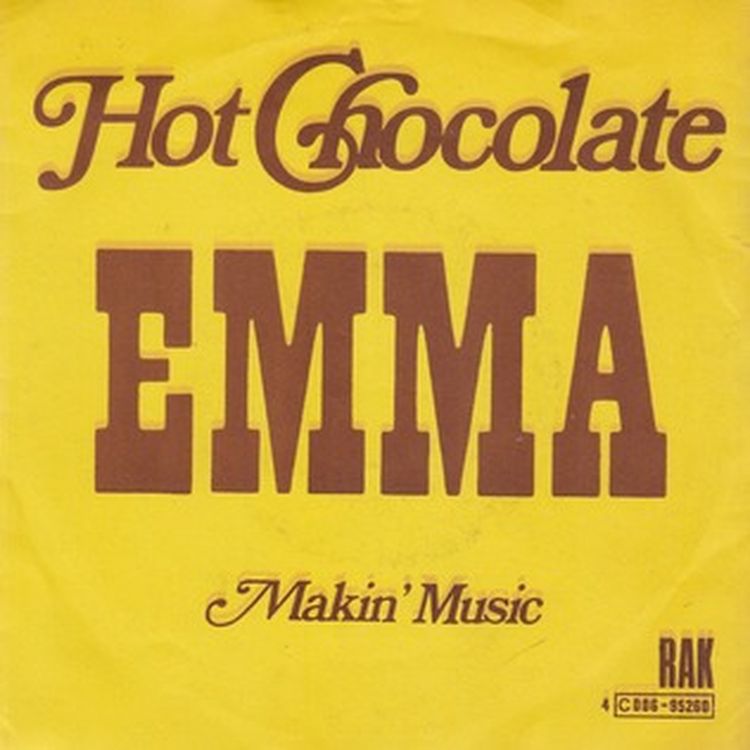
The deceptive depth beneath Hot Chocolate’s groove reveals itself when you listen closely to “Emma.” From Brixton, the band created a track that works both as straight romance or deeper class commentary. Last-minute string additions and distinctive high vocals added emotional depth that pushed it to #3 on the UK Singles Chart. While American success proved more elusive, the track cemented the band’s reputation for substance. Soul and oldies stations keep it in rotation for its lyrical complexity. For listeners tired of one-dimensional pop songs, “Emma” offers the rare satisfaction of music that rewards both casual listeners and those seeking deeper meaning.
6. The Night Chicago Died
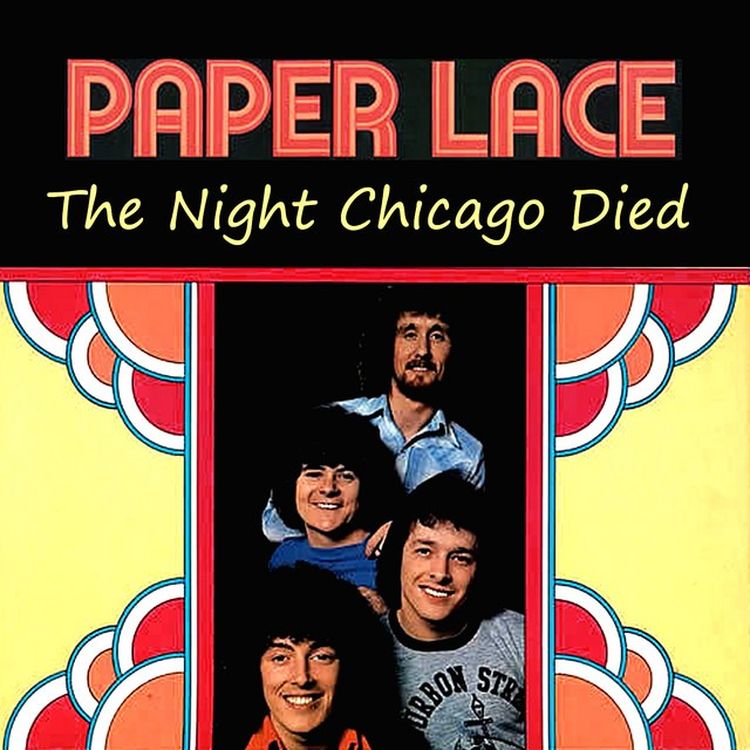
Not a single fact was verified but #1 nonetheless, Paper Lace’s 1920s crime saga proves historical accuracy isn’t everything in pop music. The Chicago Police Department quickly pointed out numerous errors from the British band who had never visited the Windy City. Even the dramatic gunfire effects came from BBC recordings of a British fox hunt. Audiences embraced the story enough to give it one week at #1 on Billboard. The controversy around its inaccuracies only fueled its popularity as a novelty hit. In the scenario of 1970s pop culture, storytelling trumped accuracy—creating the perfect cautionary tale about never letting facts get in the way of a good chorus.
5. Rock Your Baby
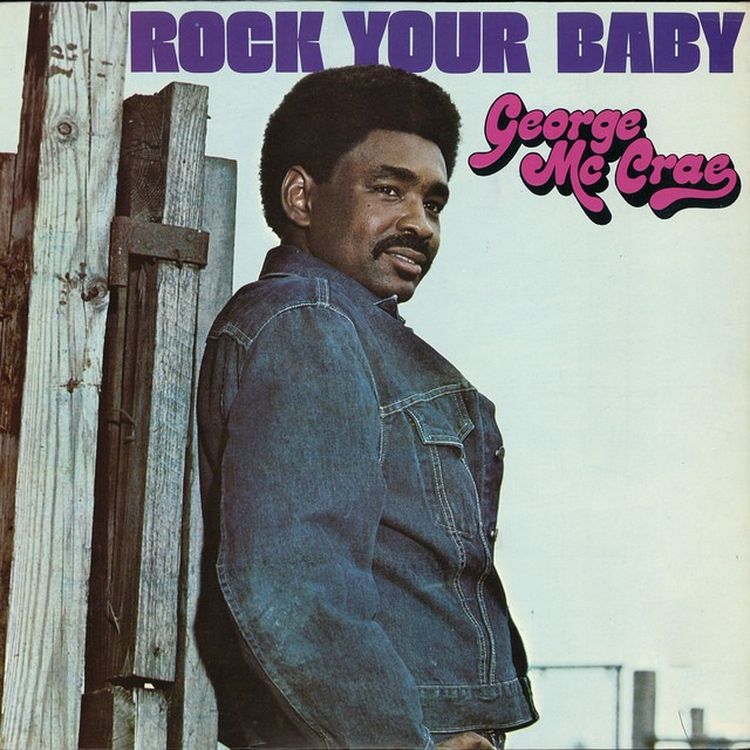
The drum machine that launched disco powered George McCrae’s journey from janitor to chart-topper. McCrae was mopping floors when called to vocal duties on KC and Richard Finch’s groundbreaking track. His falsetto elevated the song, which pioneered the use of the Roland TR-77 drum machine in mainstream hits. The single topped charts in multiple countries and sold 11 million copies worldwide, helping launch the disco era. McCrae later returned to janitorial work in the 80s after his brief but bright moment in the spotlight. The rags-to-riches-to-rags story behind this pioneering dance track serves as a stark reminder of the music industry’s often temporary embrace.
4. Star Baby
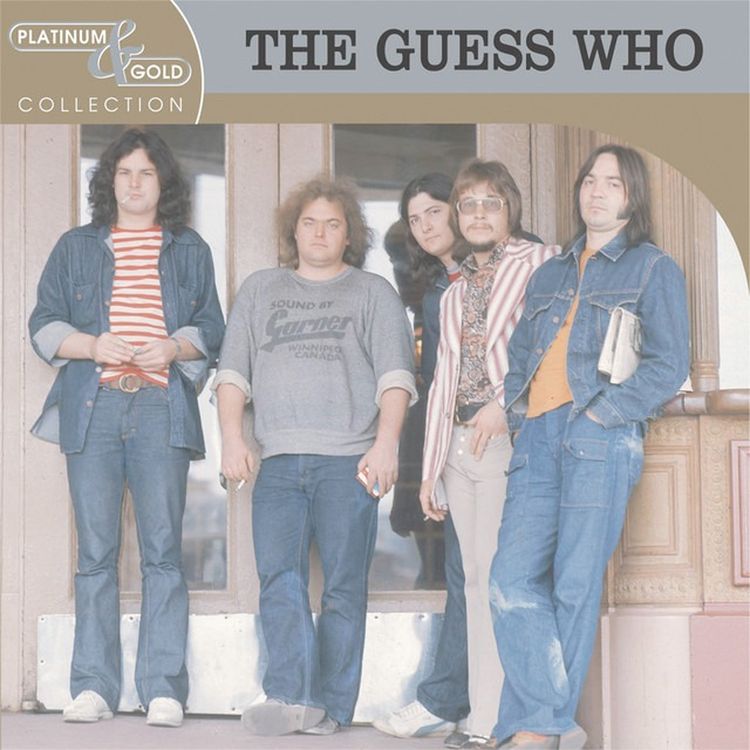
Band breakups sometimes spark unexpected magic, as The Guess Who proved while recording this track amid their dissolution. Despite the tension, they delivered a gem featuring a distinctive 5-string guitar riff and a cowbell borrowed from a farm. The song reached #39 on Billboard’s Hot 100 with moderate success across North America. While it didn’t match their earlier smashes, it showcased their evolving sound and remains a fan favorite that captured a band creating magic amid chaos. For bands facing internal friction, “Star Baby” offers a compelling case study in channeling conflict into creativity rather than letting it destroy the music.
3. My Eyes Adored You
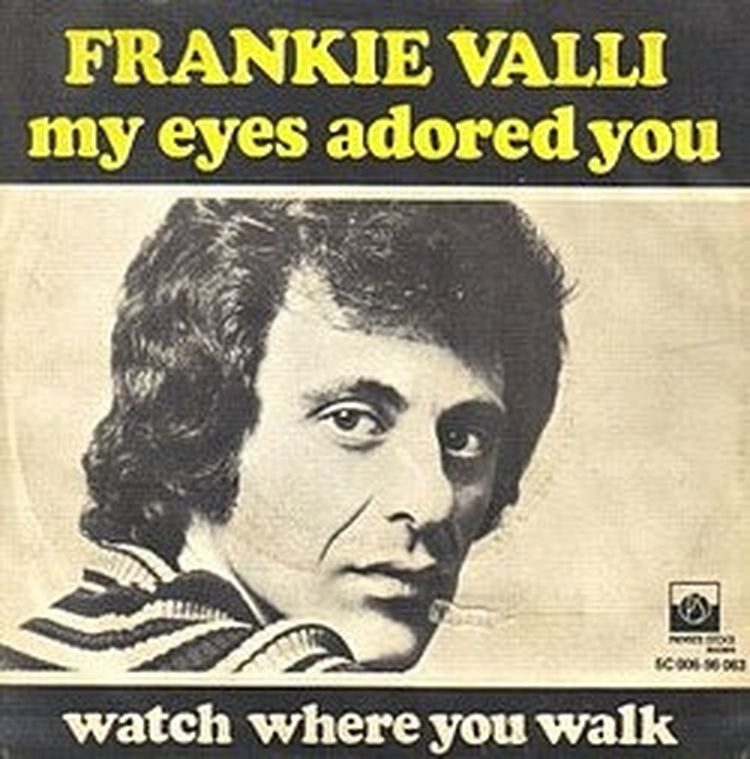
When record labels slam doors shut, some artists find windows—or in Frankie Valli’s case, buy back the door. Multiple labels passed on the track while Valli faced serious financial hardships, yet determination fueled him to borrow money to purchase his rejected master recording. His persistence led to a #1 Billboard hit in early 1975 that revitalized his solo career. The lush production showcased Valli’s signature falsetto and emotional delivery, transforming a nearly forgotten tape into one of his defining songs. The song’s signature string arrangements and Valli’s unmistakable falsetto created an instantly recognizable sound that propelled his comeback when most had written him off.
2. Kung Fu Fighting
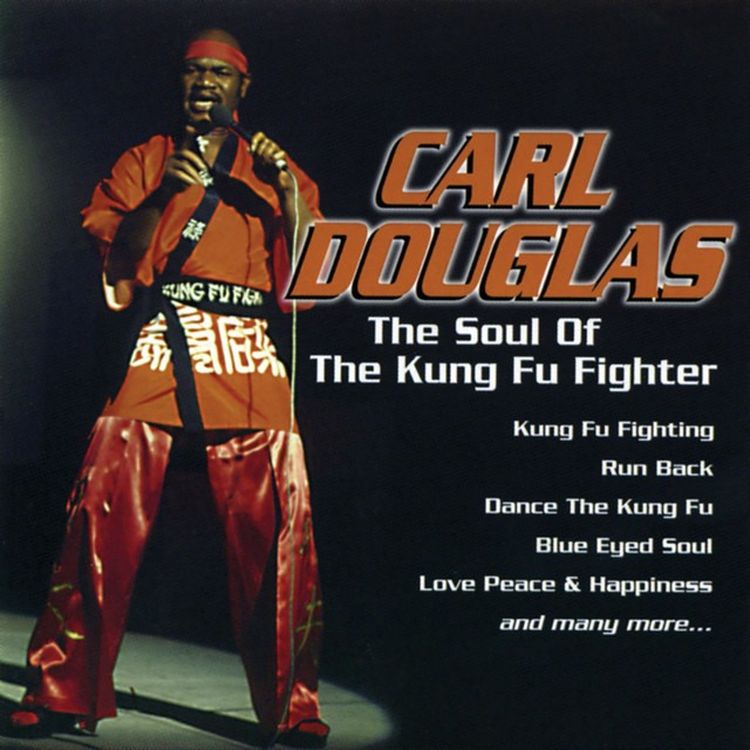
Recorded in just 10 minutes as an afterthought, Carl Douglas’ infectious groove became one of the best-selling singles ever. Originally planned as a B-side, the session took place after spending hours on the intended A-side. His exaggerated “huh!” and “ha!” sound effects captured the essence of kung fu films flooding theaters in 1974. The cultural phenomenon karate-chopped its way to #1 in 11 countries and sold 11 million copies worldwide. Dance clubs couldn’t get enough of its distinctive oriental riff and funky backbeat. Douglas became the first Jamaican artist to top both US and UK charts with a debut single. Caught in the cultural crossfire between martial arts movies, disco fever, and novelty hits, this accidental success created the perfect soundtrack for 1974’s eclectic pop landscape.
1. The Streak
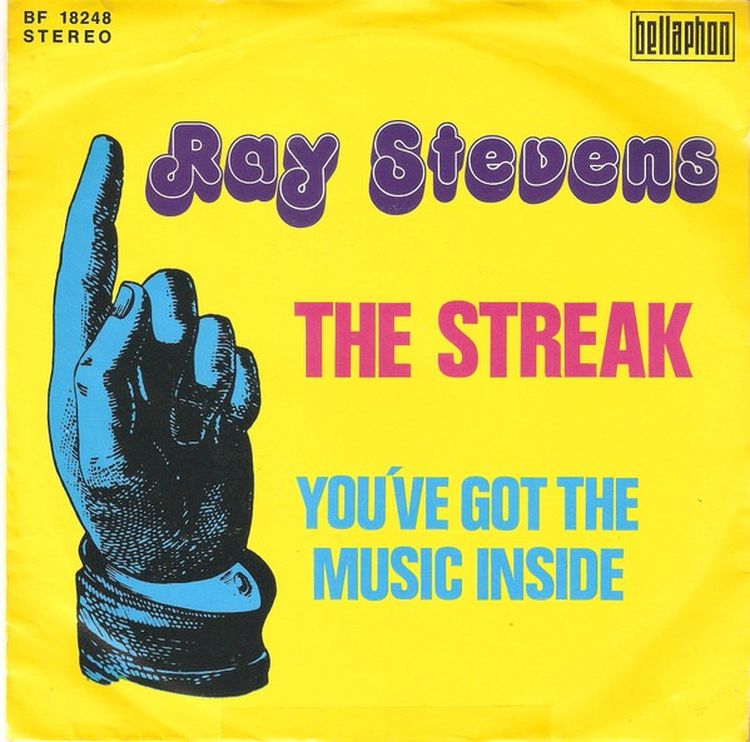
Caught with your pants down? Ray Stevens turned that exact scenario into chart gold when he perfectly captured the nationwide streaking phenomenon in this novelty country-pop crossover. As the fad hit peak cultural saturation in early 1974, Stevens created an instantly memorable track through his character voice as a shocked news reporter interviewing witnesses. The single raced up the charts, hitting #1 on Billboard within six weeks of release and selling 5 million copies worldwide. The song’s popularity coincided with numerous high-profile streaking incidents, including one at the Academy Awards ceremony that year. Stevens’ formula offers a valuable lesson—sometimes the fastest path to #1 is spotting a cultural trend and racing to capitalize on it before anyone else.




